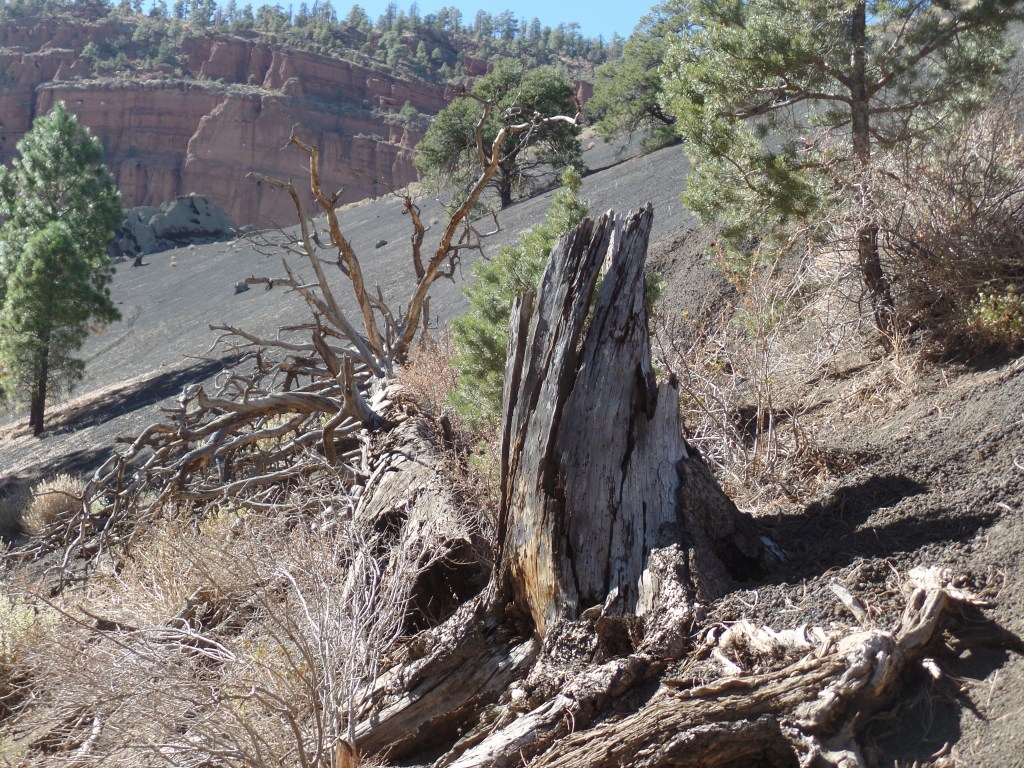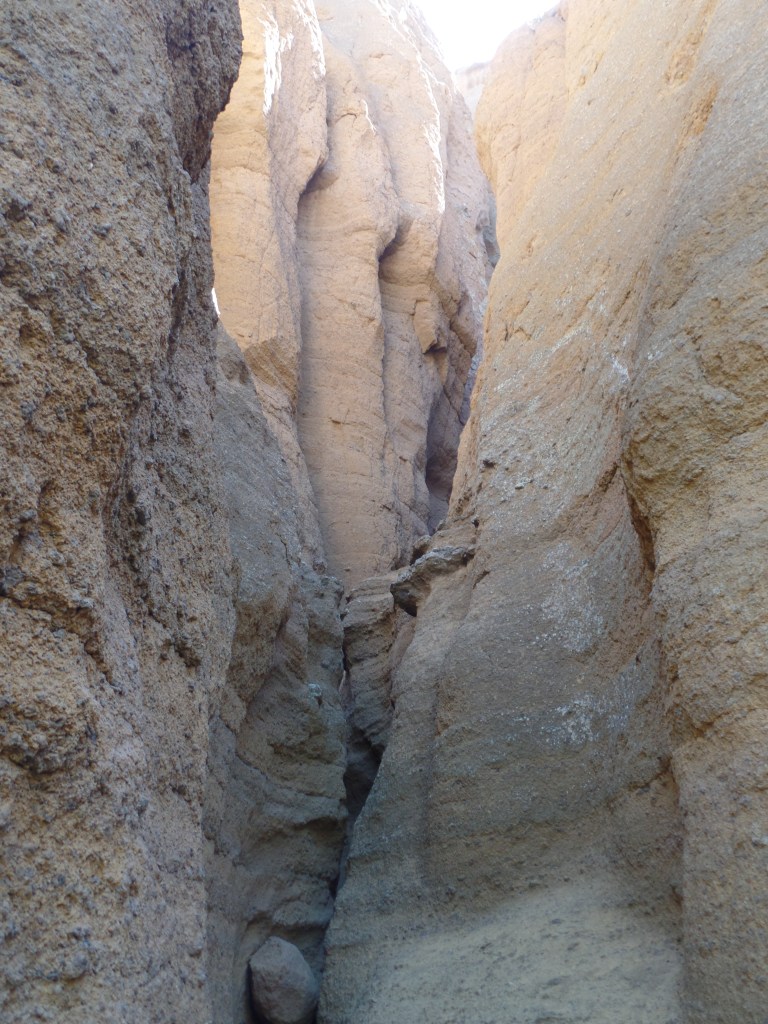October 16, 2020-
It wasn’t a long absence from Home Base, especially in light of a wildfire that may require some attention, this weekend. I did, however, make good on a visit to northern Arizona’s “other” Red Mountain-this one about halfway between Valle and Flagstaff, on US Highway 180.
I began the day with a run to Tusayan, the service town that lies just outside Grand Canyon National Park. That was entirely to get some cash, which I had neglected to do in Williams, yesterday afternoon. With cash comes a gratuity for the motel maid, who has things extra difficult-dealing with the POSSIBILITY that some guests may not be conscientious regarding traveling whilst ill.
Saying good bye to Grand Canyon Inn, I headed southeast and found Red Mountain to be quite popular, on this tail end of Fall Break. An easy 1.2 mile walk, from the trailhead to a short ladder, leads to a mini-wonderland, not unlike the larger area of spires, hoodoos and expansive sandstone cliffs found in Bryce Canyon, Utah.
Red Mountain is a cinder cone, with volcanic ash covering the cinders, thus forming many of the hoodoos which grace its northern base. Slippery volcanic dust and pebbles form the groundcover, making it important to mind one’s steps. It was understood, by everyone present, to stay off the rocks themselves, which are clearly delicate.
Here are several scenes of the trail and of the Volcanic Park.















On my way out, I met a young family who were exploring the approaches to the box canyon, at the child’s own pace. The little girl asked me how to get up “Mystery Mountain”. I told her the ledge she was trying to get up could be the first Mystery Mountain and there were many more. (She was, with Mommy’s help, about two feet up.)
It is for moments like this, as much as anything else, that I go forth to see my own Mystery places.

It looks as if there are many more mysteries to explore in this short trail!
LikeLiked by 1 person
There are-and there are several of them waiting to be uploaded to my Flickr page.
LikeLiked by 1 person
And to your WP blog as well, I hope!
LikeLiked by 1 person
Maybe at a later date.
LikeLike
Such beautiful country!! I love the diversity of landscapes!!
LikeLiked by 1 person
These are what make the Southwest such a blessed haven.
LikeLike